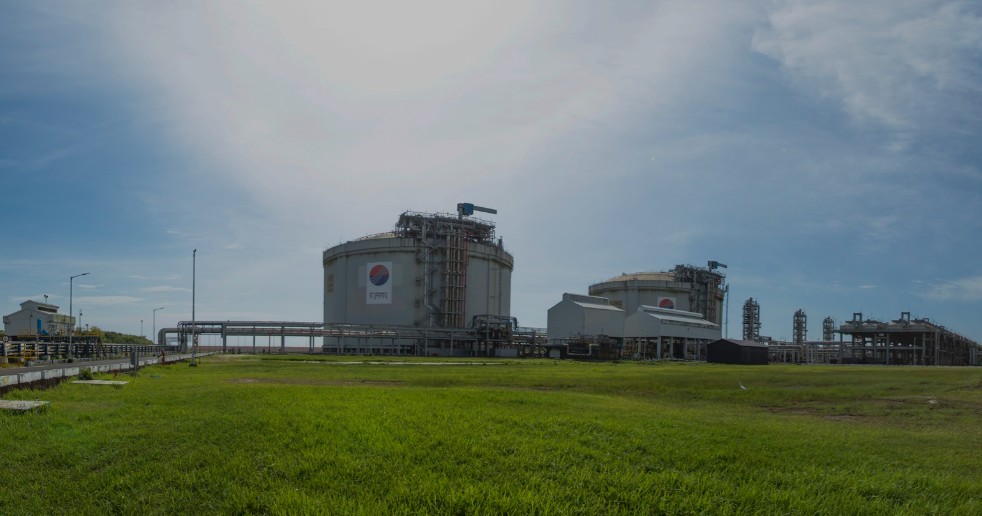This story requires a subscription
This includes a single user license.
The country imported 3.04 billion cubic meters, or about 2.3 million metric tonnes, of LNG in January via long-term contracts and spot purchases.
This marks a rise of 7.6 percent compared to the same month in 2024, PPAC said.
PPAC’s data previously showed that LNG imports rose in December compared to the previous year.
From April 2024 to January 2025, India took 31.34 bcm of LNG, or about 23.6 million metric tonnes, up by 21.2 percent compared to the same period in the year before, according to PPAC.
India paid $1.3 billion for January LNG imports, up from $1.2 billion in January 2024. The country paid $12.9 billion for LNG imports in the April-January period, up from $11 billion in the same period before.
Moreover, India’s natural gas production reached about 3.06 bcm in January, a drop of 2.3 percent from the corresponding month of the previous year.
Natural gas production of 30.37 bcm in April-January was up by 0.1 percent compared to the same period before.
Eight LNG terminals
India now imports LNG via eight facilities with a combined capacity of about 52.7 million tonnes per year.
These include Petronet LNG’s Dahej and Kochi terminals, Shell’s Hazira terminal, and the Dabhol LNG, Ennore LNG, Mundra LNG, and Dhamra LNG terminal.
The newest LNG import terminal is HPCL’s 5 mtpa Chhara LNG import terminal in India’s Gujarat, which just launched commercial operations.
PPAC said that during April-December last year, the 17.5 mtpa Dahej terminal operated at 100.3 percent capacity, while the 5.2 mtpa Hazira terminal operated at 38.5 percent capacity.
The 5 mtpa Dhamra LNG terminal operated at 49.5 percent capacity, the 5 mtpa Dabhol LNG terminal operated at 41.5 percent capacity, the 5 mtpa Kochi LNG terminal operated at 22 percent capacity, the 5 mtpa Ennore LNG terminal operated at 24.8 percent capacity, and the 5 mtpa Mundra LNG terminal operated at 23.6 percent capacity.
Petronet LNG expects to launch an additional 5 mtpa capacity at its Dahej LNG terminal in western Gujarat state by June this year.
Last year, Petronet launched two new Dahej LNG storage tanks, T-107 and T-108, each with a capacity of 180,000 cbm.
These two tanks add to six existing storage tanks at the Dahej terminal with a total capacity of 932,000 cbm, while Petonet is also building a third jetty at the facility.
India’s natural gas demand is forecast to increase by nearly 60 percent by 2030, doubling the country’s need for LNG imports, according to a recent report by the International Energy Agency.
India’s LNG imports will need to rise to around 65 bcm a year by 2030 to meet rising demand, the IEA said.

